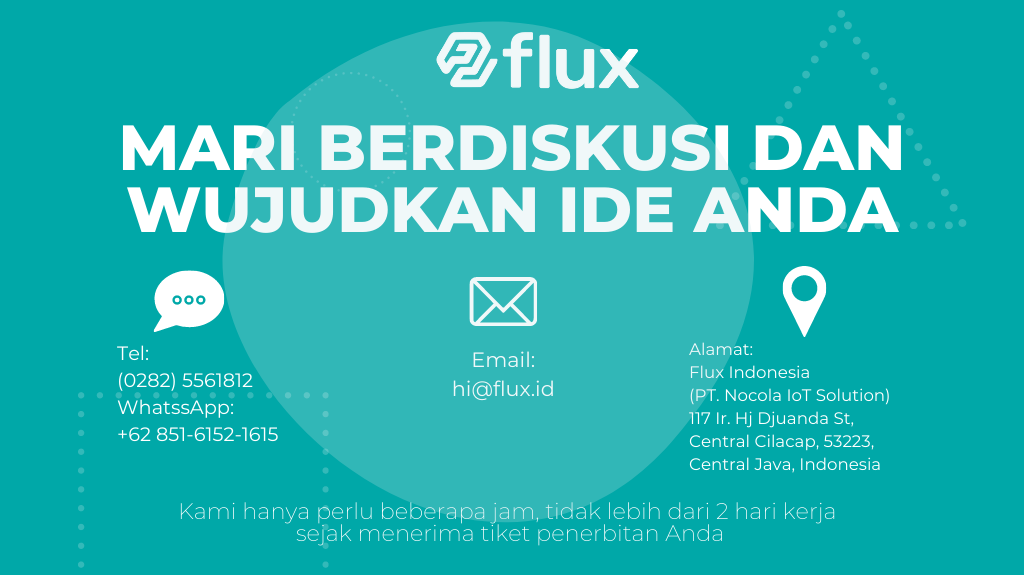Don't miss our holiday offer - 20% OFF!

Read also : Automated Parking Concept: Smart Solution for Availability
In the current digital era, technological innovations are pushing boundaries, opening doors to more effective solutions for various challenges. One significant challenge faced by many countries is flooding. Floods can lead to extensive damage, including loss of life, property destruction, and economic disruptions. However, with the advent of the Internet of Things (IoT), flood monitoring has undergone a remarkable transformation, bringing early detection and rapid response that were previously hard to achieve.
Contents
Transformation of Flood Monitoring through IoT Sensors

Read also : Security and Privacy in Connected Parking Systems: Challenges and Solutions
IoT Sensors: A Path to Early Flood Detection
IoT sensors are small devices connected to the internet that can detect, measure, and transmit data from their surrounding environment. In the context of flood monitoring, these sensors can be placed in critical locations such as water channels, rivers, and flood-prone areas. These sensors can measure water levels, rainfall, and temperature in real-time. The data collected by these sensors is then sent to a central monitoring platform accessible to authorities.
Early Detection: Anticipating Hazards Sooner
One primary benefit of using IoT sensors in flood monitoring is the ability to achieve early hazard detection. With real-time data provided by sensors, authorities can identify unusual increases in water levels that could potentially lead to floods. Preventive actions and evacuations can be initiated earlier, reducing the risk of flood impacts. Furthermore, the use of IoT sensors also aids in understanding flood patterns and water behavior, which can be utilized for improved urban planning.
Swift Response: Mitigating Impacts and Losses
When a flood occurs, swift response is crucial to minimizing losses. In this aspect, IoT sensors act as vigilant eyes constantly monitoring the situation. Upon detecting a significant rise in water level or extreme rainfall, automated systems can send alerts to authorities and residents through text messages or app notifications. This enables authorities to take emergency measures such as road closures, traffic redirection, and efficient coordination of rescue efforts.
Conclusion

Read also : Security and Preparedness Enhanced by Smart EWS Technology
The transformation of flood monitoring through IoT sensors has brought about significant changes in tackling flood-related issues. With accurate early detection and rapid response capabilities, this technology holds the potential to save lives, protect assets, and reduce the social and economic impacts of floods. On the journey towards flood-resilient cities, IoT sensors emerge as a pivotal innovation, aiding us in better confronting nature’s challenges.





